Author: Alex Shanks-Abel
Viewed by some as an American noble hop due to originating from Hallertau Mittelfrüh, Mt. Hood was released in 1989 to quite the fanfare, as it offered brewers increased access to a variety the emulated the characteristics associated with classic European beers. Described as contributing spicy, floral, and herbal notes, Mt. Hood is a shoo-in for more delicate styles ranging from American Lager and Blonde Ale to German Pils and Schwarzbier.
 Alpha: 4 – 8%
Alpha: 4 – 8%
Beta: 5 – 8%
Cohumulone: 21 – 23% of alpha acids
Total Oil: 1 – 1.7 ml/100g
Myrcene: 25 – 35%
Humulene: 25 – 35%
Caryophyllene: 10 – 16%
Farnesene: 0.1 – 1%
Linalool: 0.5 – 0.9%
Geraniol: 0.1 – 0.5%
ß-Pinene: 0.6 – 0.9%
Parentage: tetraploid female Hallertau Mittelfrüh and a USDA 19058M male
I’ve used Mt. Hood a number of times over the years, typically in conjunction with other varieties in less hop-forward styles. Having recently picked up a decent amount, I thought it’d be interesting to see how it worked when used in higher amounts in an American Pale Ale.
| MAKING THE BEER |
I went with our standard Hop Chronicles Pale Ale recipe for this batch, making adjustments to the kettle hop additions to keep the bitterness in check.
Mt. Hood Pale Ale
Recipe Details
| Batch Size | Boil Time | IBU | SRM | Est. OG | Est. FG | ABV |
|---|---|---|---|---|---|---|
| 5.5 gal | 60 min | 38.2 | 4 SRM | 1.053 | 1.01 | 5.64 % |
| Actuals | 1.053 | 1.01 | 5.64 % | |||
Fermentables
| Name | Amount | % |
|---|---|---|
| Pale 2-Row Malt | 10 lbs | 83.33 |
| Vienna Malt | 2 lbs | 16.67 |
Hops
| Name | Amount | Time | Use | Form | Alpha % |
|---|---|---|---|---|---|
| Mount Hood | 17 g | 60 min | Boil | Pellet | 7.3 |
| Mount Hood | 28 g | 30 min | Boil | Pellet | 7.3 |
| Mount Hood | 28 g | 5 min | Boil | Pellet | 7.3 |
| Mount Hood | 56 g | 2 min | Boil | Pellet | 7.3 |
| Mount Hood | 56 g | 4 days | Dry Hop | Pellet | 7.3 |
Yeast
| Name | Lab | Attenuation | Temperature |
|---|---|---|---|
| Flagship (A07) | Imperial Yeast | 77% | 60.1°F - 72°F |
Notes
| Water Profile: Ca 179 | Mg 0 | Na 0 | SO4 310 | Cl 56 |
Download
| Download this recipe's BeerXML file |
The day before brewing, I made a starter of Imperial Yeast A07 Flagship.
After collecting the full volume of water and adjusting it to my desired profile, I weighed out and milled the grain.
When the water was properly heated, I incorporated the grains then checked to ensure the mash was at my desired temperature.
During the mash rest, I prepared the kettle hop additions.
Once the 60 minute mash was complete, I removed the grains, boiled the wort for 60 minutes, and chilled it during transfer to a fermentation keg.
A refractometer reading showed it was at my target OG.
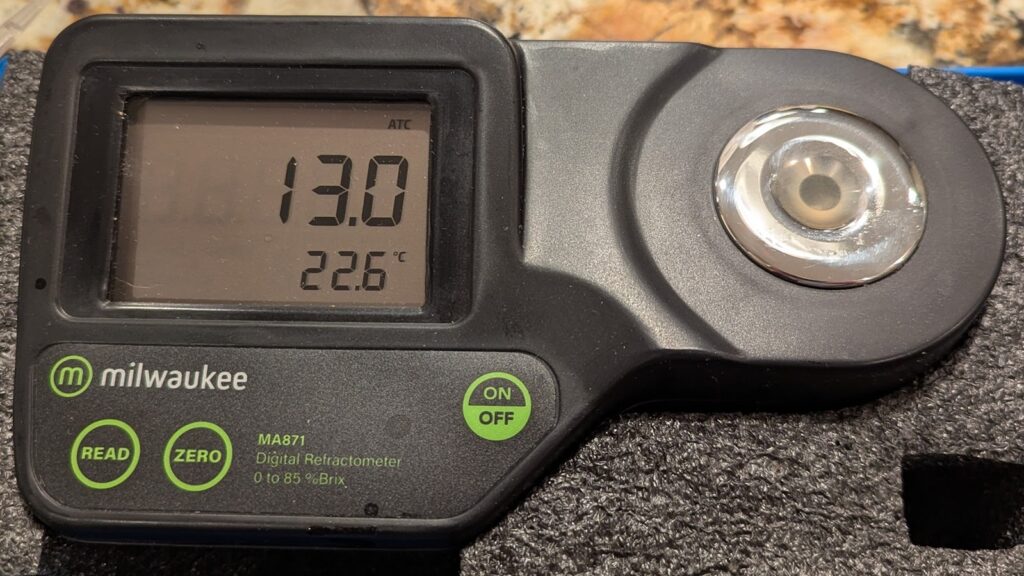
With the wort in the fermenter, I pitched the yeast starter and left it to ferment at 66°F/19°C for a week before I took a hydrometer measurement confirming FG was reached.
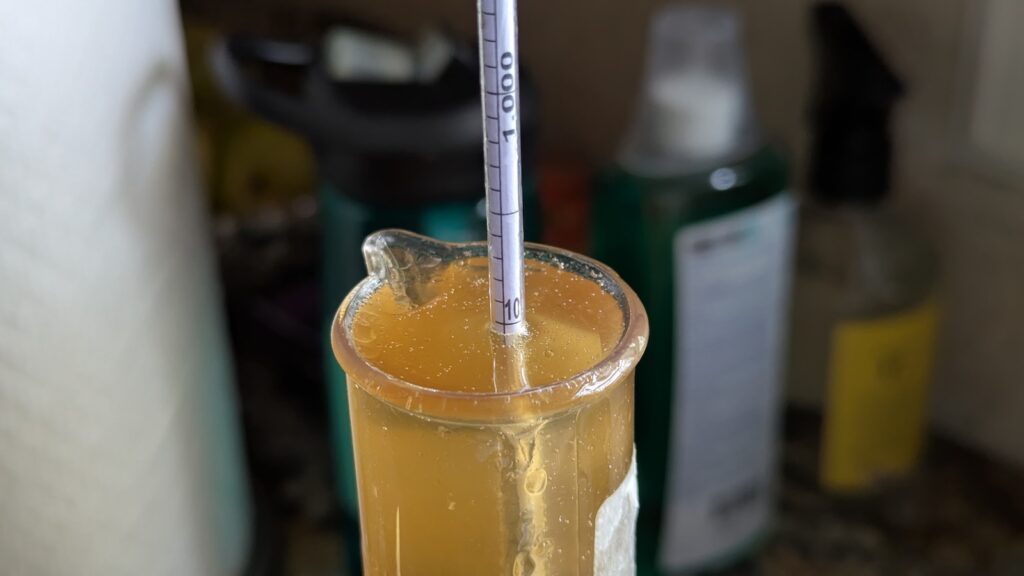
With fermentation complete, I cold crashed the beer then pressure-transferred it to a CO2 purged keg, which was placed in my kegerator and burst carbonated overnight before the gas was reduced to serving pressure. After a couple weeks of conditioning, it was ready to serve to blind tasters.
| METHOD |
Participants were instructed to focus only on the aromatic qualities of the beer before evaluating the flavor. For each aroma and flavor descriptor, tasters were asked to write-in the perceived strength of that particular characteristic on a 0-9 scale where a rating of 0 meant they did not perceive the character at all and a 9 rating meant the character was extremely strong. Once the data was collected, the average rating of each aroma and flavor descriptor was compiled and analyzed.
| RESULTS |
A total of 23 people participated in the evaluation of this beer, all blind to the hop variety used until after they completed the survey. The average aroma and flavor ratings for each descriptor were plotted on a radar graph.
Average Ratings of Aroma and Flavor Perceptions
The 3 characteristics endorsed as being most prominent by participants:
| Aroma | Flavor |
| Citrus | Citrus |
| Tropical Fruit | Tropical Fruit |
| Stone Fruit | Stone Fruit |
The 3 characteristics endorsed as being least prominent by participants:
| Aroma | Flavor |
| Onion/Garlic | Onion/Garlic |
| Pine | Berry |
| Dank/Catty | Pine |
Next, participants were asked to rate the pungency/strength of the hop.
Tasters were then instructed to identify beer styles they thought the hop would work well in.
Finally, participants were asked to rate how much they enjoyed the hop character on a 0 to 10 scale.
My Impressions: While I perceived this beer as having a mild but pleasant orange rind aroma with a hint of nutmeg that lingered a bit on my palate, that took a back seat to the moderate noble-esque peppery spice character. I enjoyed drinking this beer, though felt it tasted more like a dry hopped Pilsner than an American Pale Ale.
| CONCLUSION |
As the American taste for crisp lagers with flavors associated with European noble hops rose in the mid-19th century, demand for varieties like Saaz, Tettnanger, and Hallertau Mittelfrüh grew so much that they became a premium. As such, the hop breeding program at Oregon State University started with the sole intention of creating a sort of hybrid variety that possessed many of the same characteristics as its European relatives but grew better on American soil. The first variety to come out of this program was Mt. Hood, which was officially released in 1989 and continues to be used regularly by both commercial and homebrewers.
The most prominent aroma and flavor characteristics noted by people who evaluated a Pale Ale made entirely with Mt. Hood were citrus, tropical fruit, and stone fruit, while onion/garlic and pine were among the least endorsed descriptors. Curiously, common descriptors of spicy, floral, and earthy fell on the middle of the spectrum, which ostensibly could be a function of the usage rates in this American Pale Ale – Mt. Hood isn’t necessarily a hop variety associated with hefty late kettle additions and dry hopping. Either way, and not shockingly, the beer style most tasters felt Mt. Hood would work well in is APA/IPA, though pale lager and Blonde Ale were close behind. Additionally, a majority of tasters felt this lowly hopped beer had a moderate to mild hop pungency.
I wouldn’t say Mt. Hood has ever topped my list of favorite hops, and I’d reckon that’s probably the case for most brewers, in part because there’s nothing too poignant about this variety, which is likely by design. I was a bit taken aback by the amount of fruitiness perceived by tasters and myself in this beer, something I’m convinced is related to the higher than usual hopping rates for the variety. While I’ll likely stick to using Mt. Hood in less assertive styles in place of European noble hops, this experience was certainly eye-opening, which has left me even more interested to explore what other classic hops impart when used in less traditional ways.
Mt. Hood hops are available now at Yakima Valley Hops, get some while you can! If you have any thoughts on this variety, please feel free to share them in the comments section below.
Support Brülosophy In Style!
All designs are available in various colors and sizes on Amazon!
Follow Brülosophy on:
FACEBOOK | TWITTER | INSTAGRAM
If you enjoy this stuff and feel compelled to support Brulosophy.com, please check out the Support page for details on how you can very easily do so. Thanks!


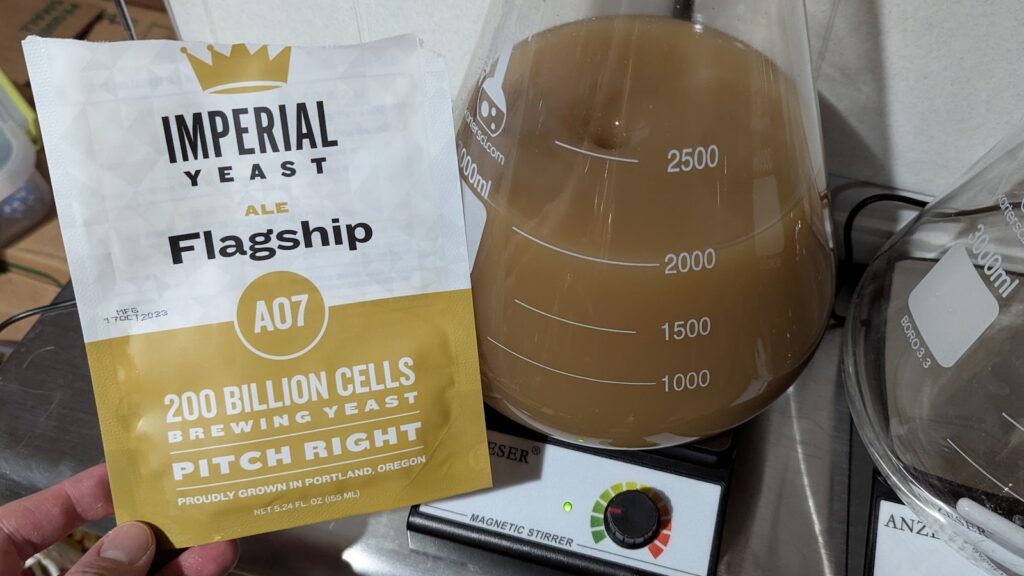
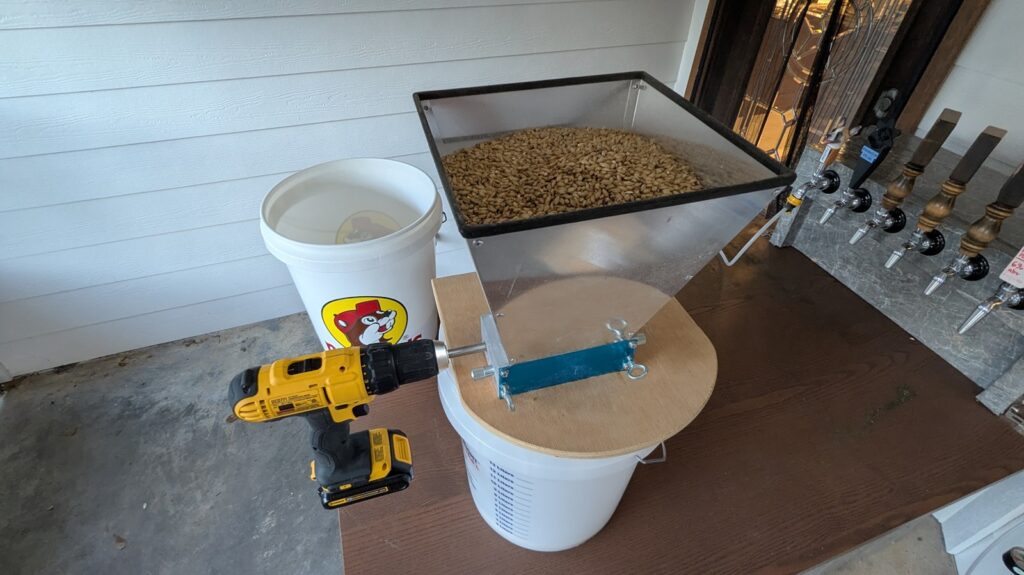
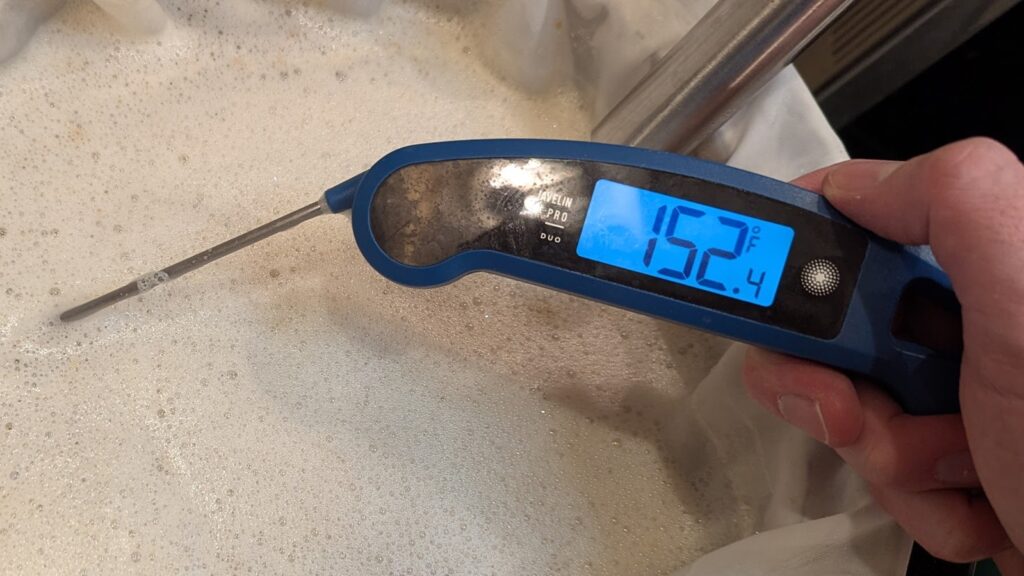
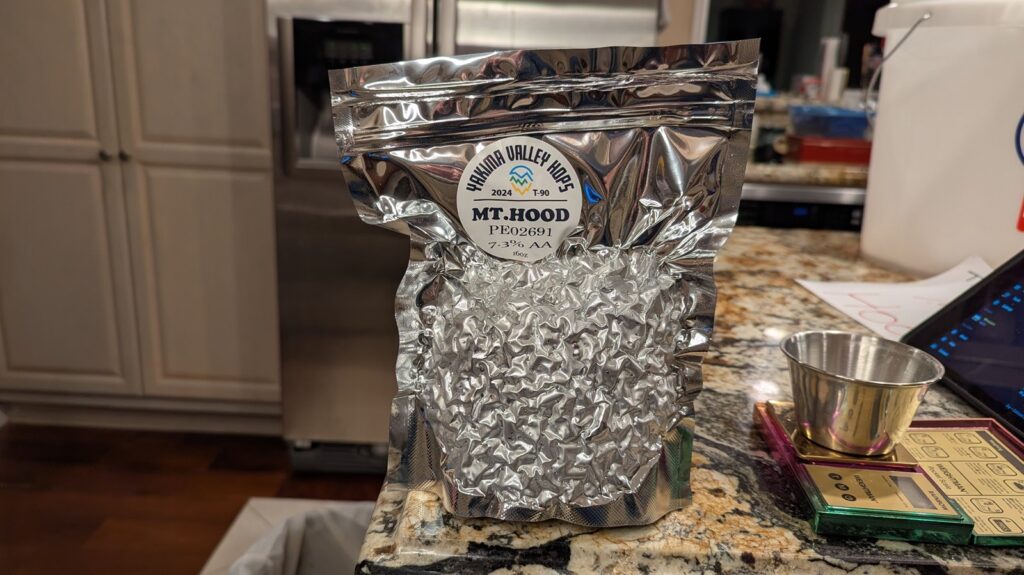
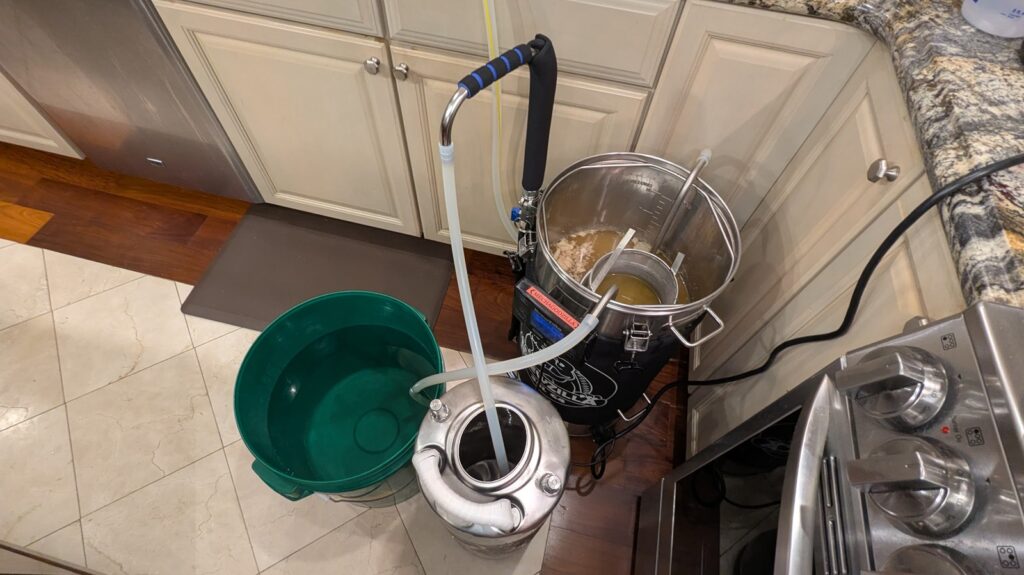
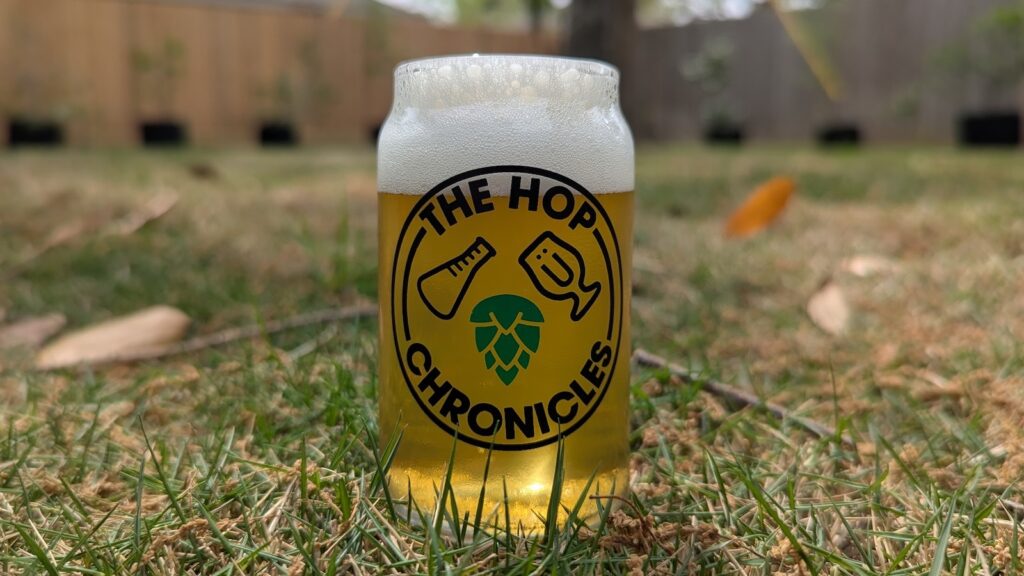
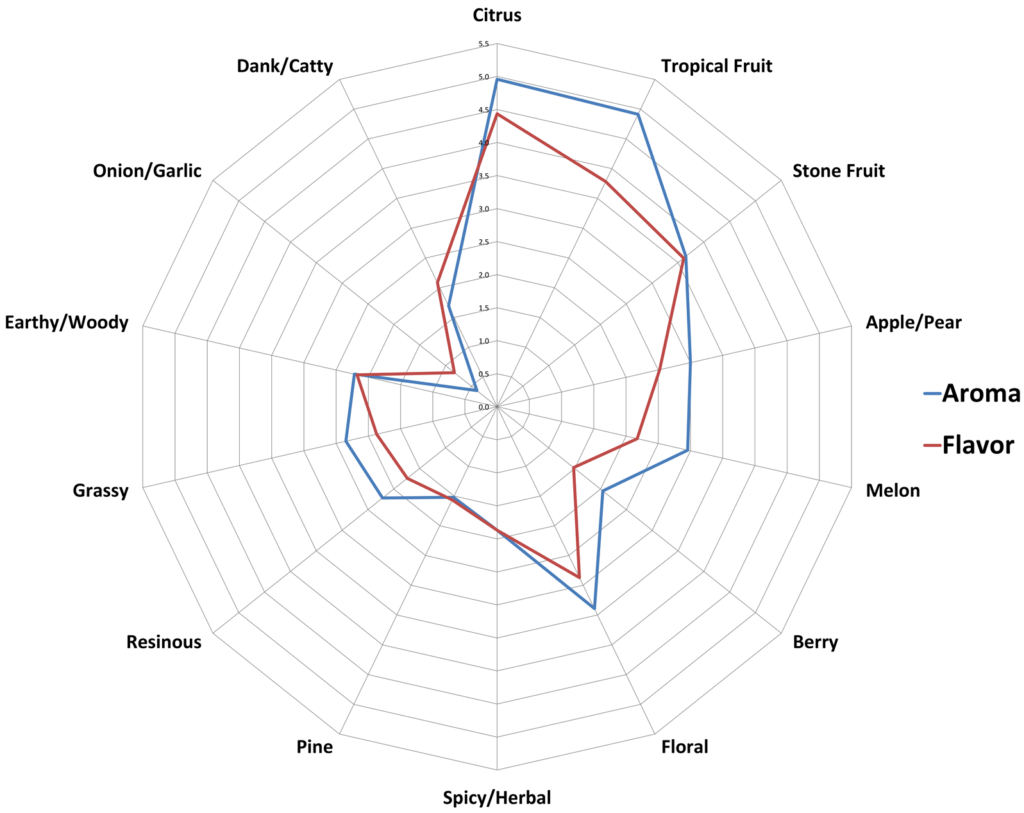
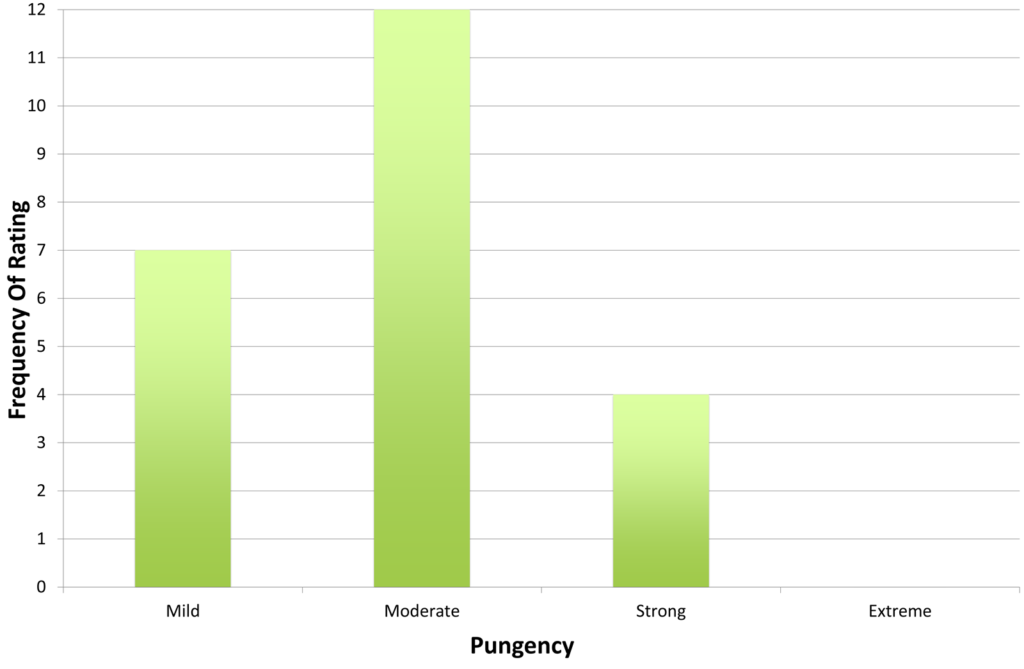
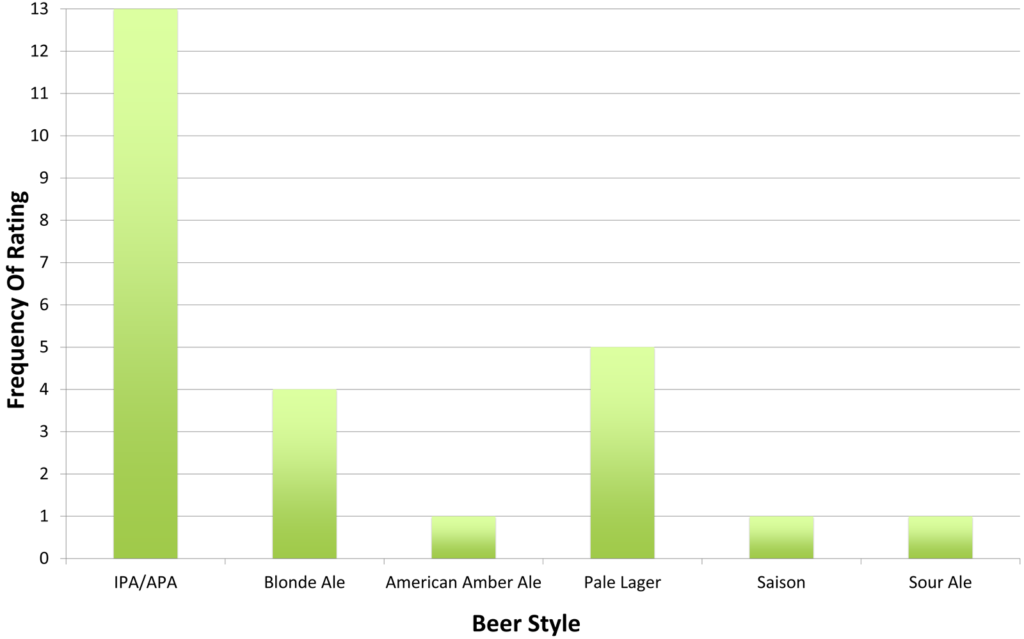
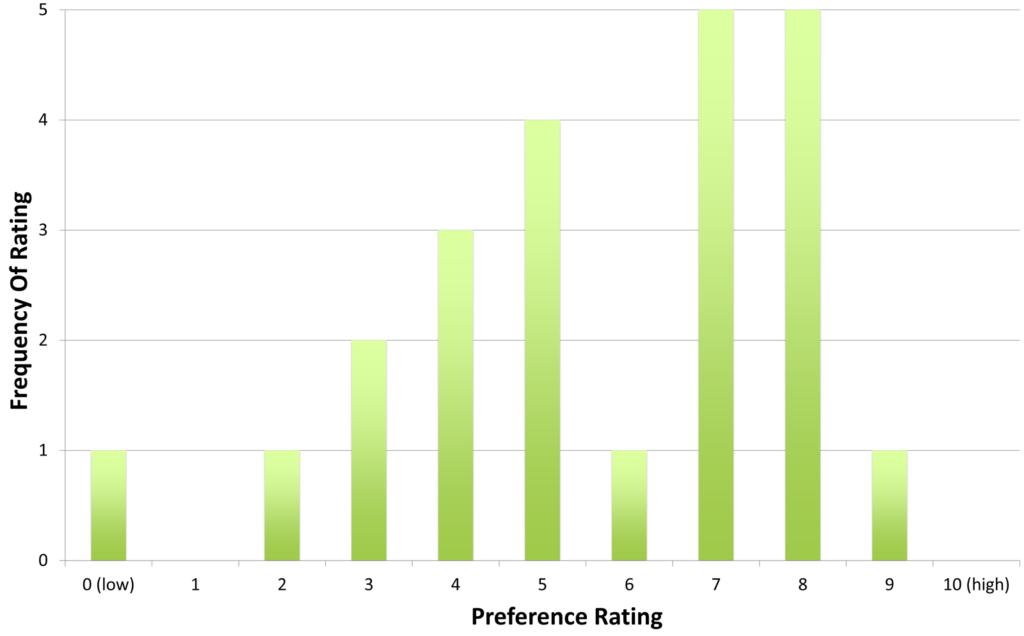






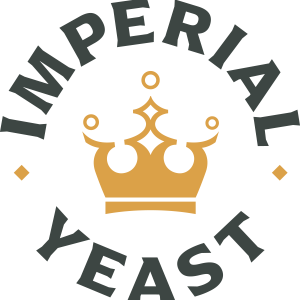

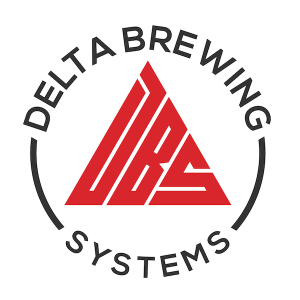


1 thought on “The Hop Chronicles | Mt. Hood (2024) Pale Ale”
“I went with our standard Hop Chronicles Pale Lager recipe for this batch, ” Should this read ale?